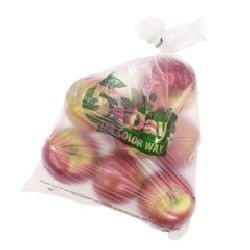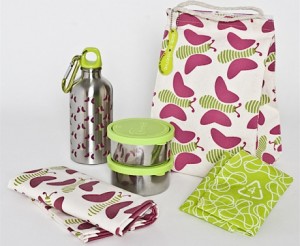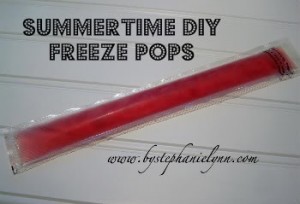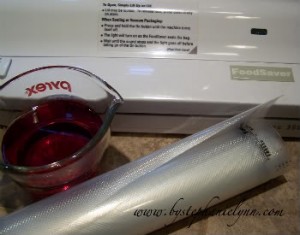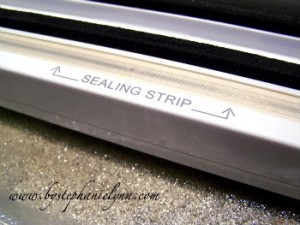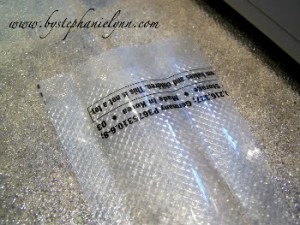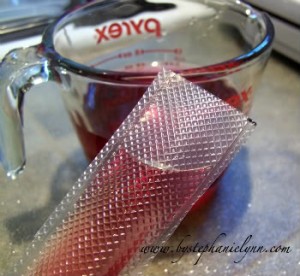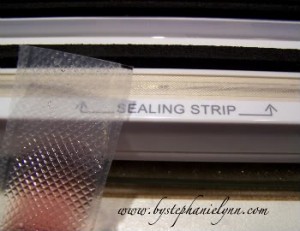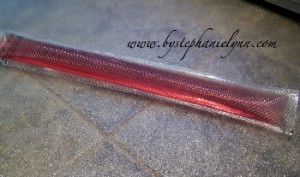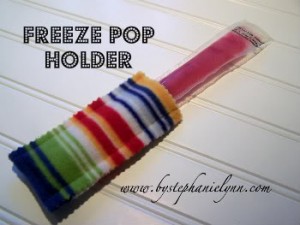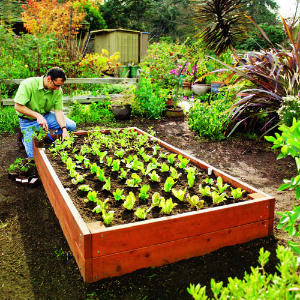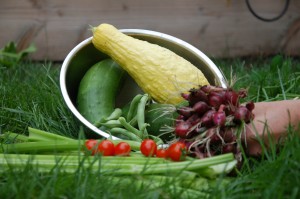Buying produce at the grocery store often requires those awful plastic produce bags that are hard to clean and reuse because they are so flimsy. There are many options to reduce your use – find one that works for you:
1. Choose paper produce bags.
2. Take a large basket, bag, or wagon to the farmer’s market and store produce there until you get home.
3. Encourage your local grocery store to carry the BioBag– a biodegradable, compostable produce bag. Compared with plastic, they have a greenhouse effect reduction by up to 49%.
4. One of choices I’ve made to get rid of plastic produce bags is to use reusable bags. I’ve been using Bag the Habit bags, courtesy of Abe’s Market, for several months now. They are heavy duty – they’ll hold several potatoes – without breaking or stretching. They have a wide opening for bigger items like a head of lettuce and a draw string to keep everything inside. Not only are they great for putting your produce in, but you can also use them for your bulk purchases like beans, raisins or pretzels. My only complaint is that I don’t have more of them!
5. If you’re crafty, make your own reusable bags with these instructions from Mother Earth News or Instructables.
If you do use plastic produce bags, here are some options to reuse them:
- Packing material
- Pick up doggy doodoo
- Put in the diaper bag for dirty diapers
- Line garbage cans
If you don’t want to reuse them, make sure you dispose of them properly by recycling them. If your curbside recycler doesn’t take these bags, many grocery stores take them back like Fred Meyer, Walmart, and Whole Foods – search for local locations here. Every couple months, I drop off any plastic bags I have ( shopping, produce or packaging ). The collection bin is usually near the entrance.
